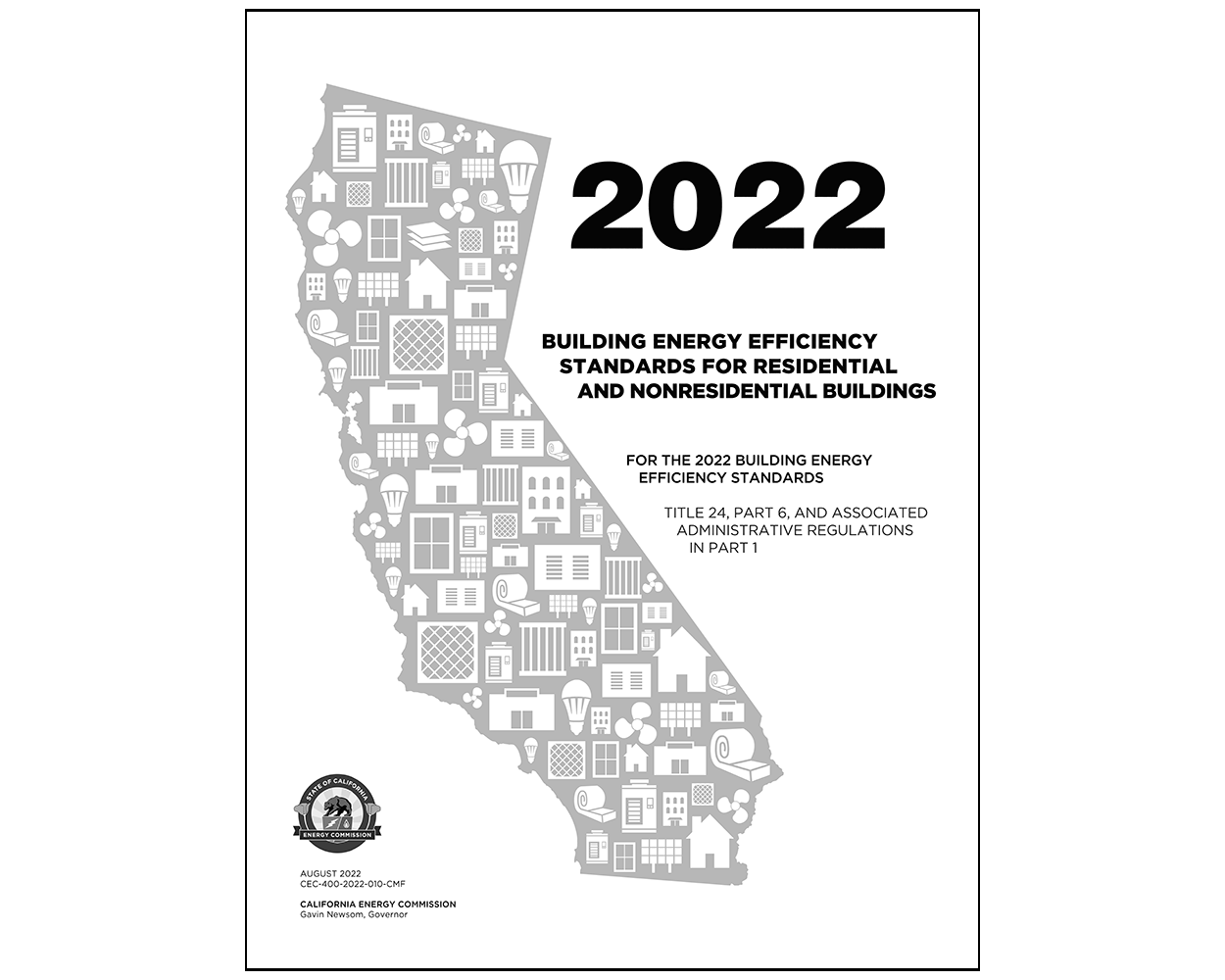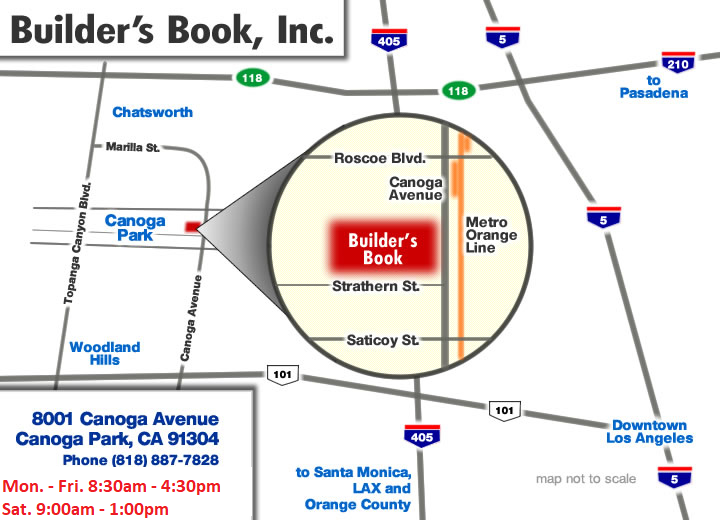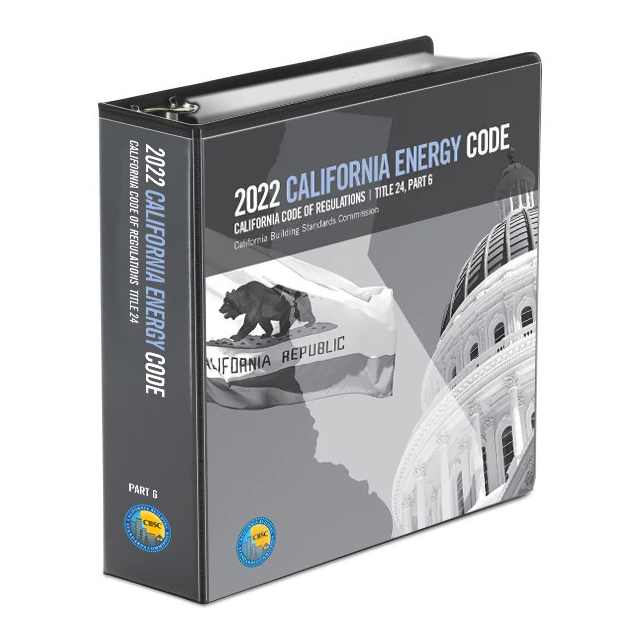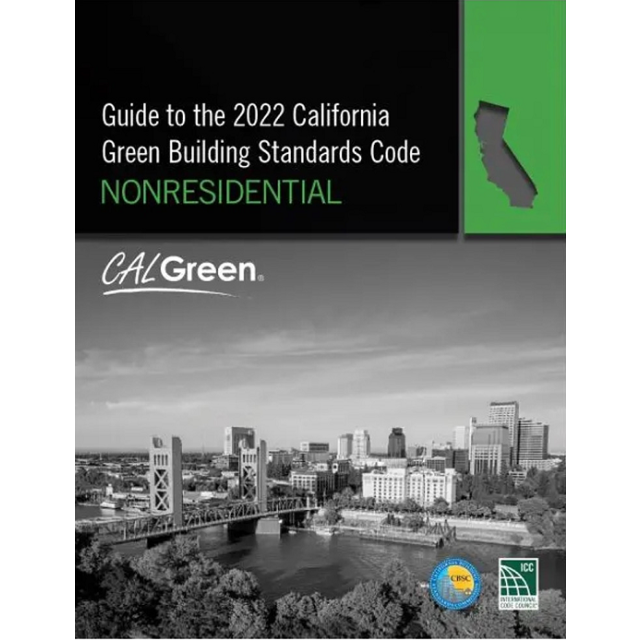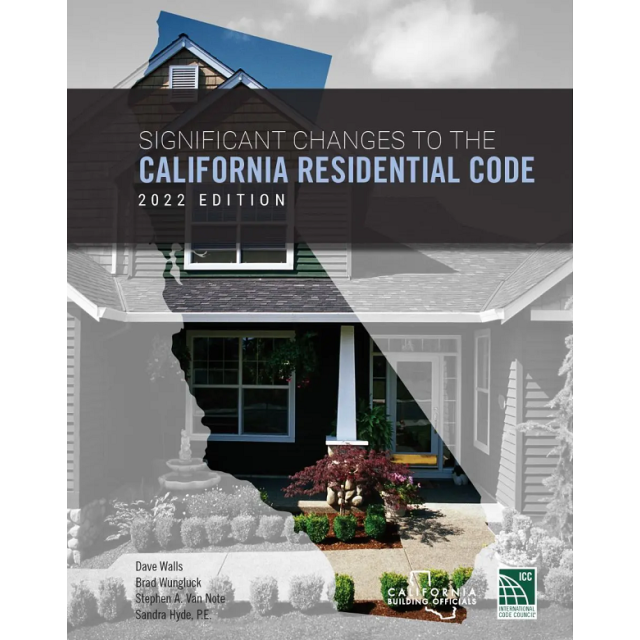2022 Building Energy Efficiency Standards for Residential And Nonresidential Buildings
2022 Building Energy Efficiency Standards for Residential And Nonresidential Buildings
Introduction:
Welcome to the forefront of energy efficiency in building design—introducing the 2022 Building Energy Efficiency Standards for both residential and nonresidential buildings. This comprehensive guide sets the benchmark for energy and water efficiency, coupled with indoor air quality requirements. As we navigate the intricacies of construction, this Energy Code stands as a beacon, emphasizing flexibility, innovation, and sustainable practices. Dive into the future of building design, where the balance of performance and prescriptive options opens doors to a new era of construction practices.
Key Features:
-
Comprehensive Standards: The 2022 Energy Code encompasses a wide array of standards, covering energy, water efficiency, and indoor air quality. Each aspect is meticulously crafted to elevate the sustainability of newly constructed buildings and alterations to existing structures.
-
Performance Standards: Emphasizing flexibility in design and construction, the Energy Code introduces performance standards, offering an "energy budget" that sets the bar for efficiency per square foot of floor space.
-
Prescriptive Option: Builders are presented with a prescriptive option, allowing compliance through known efficient methods. This provides a structured pathway for those who prefer established practices.
-
Design Freedom: The performance option grants builders complete design freedom, provided the overall efficiency matches that of an equivalent building using the prescriptive option. This encourages innovation and creativity in construction practices.
-
Reference Appendices: Accompanying the Energy Code are reference appendices, offering valuable data and information to guide builders in achieving compliance. These appendices serve as a robust resource aiding builders in meeting the standards.
Topics Covered:
-
Energy Efficiency: Uncover the stringent yet rewarding requirements set forth in the Energy Code to enhance the energy efficiency of buildings. From lighting to HVAC systems, every facet is meticulously addressed.
-
Water Efficiency: Recognizing the significance of water conservation, the Energy Code includes provisions to optimize water use in buildings, contributing to sustainable and eco-friendly practices.
-
Indoor Air Quality: Delve into the indoor air quality standards, ensuring that the built environment prioritizes the well-being and health of its occupants.
-
Flexibility in Design: Understand the balance between the prescriptive and performance options, exploring how builders can leverage flexibility in design while meeting the Energy Code's efficiency benchmarks.
How to Use:
-
Guidance for Compliance: Builders can use the Energy Code as a guiding document for compliance. Whether following prescriptive measures or opting for performance-based designs, the Code provides the necessary framework.
-
Resource for Innovation: The Code serves as a resource for innovation in construction practices. Builders aiming for groundbreaking designs can utilize the performance option, pushing the boundaries of sustainable construction.
-
Educational Tool: Educational institutions can incorporate the Energy Code into their curriculum to impart the latest standards and practices in energy-efficient building design.
Who Can Benefit:
-
Builders and Contractors: Builders and contractors can benefit from the clarity and structure offered by the Energy Code, streamlining the compliance process and fostering sustainable construction practices.
-
Architects and Designers: Architects and designers gain a comprehensive resource that encourages innovation while ensuring adherence to energy and water efficiency standards.
-
Educational Institutions: The Energy Code serves as an educational tool, enabling institutions to prepare the next generation of builders, architects, and designers with the latest industry standards.
Conclusion:
In conclusion, the 2022 Building Energy Efficiency Standards represent a significant leap forward in sustainable construction practices. This guide not only establishes benchmarks for energy and water efficiency but also encourages a paradigm shift in design thinking. Builders, architects, and educational institutions can leverage the comprehensive nature of the Energy Code to usher in a new era of construction—one that prioritizes efficiency, flexibility, and innovation. As we embark on this journey towards a more sustainable built environment, the 2022 Energy Code stands as a testament to the industry's commitment to responsible and forward-thinking construction practices.
____________________________________________________________________________
The Energy Code contains energy and water efficiency requirements (and indoor air quality requirements) for newly constructed buildings, additions to existing buildings, and alterations to existing buildings. Public Resources Code Sections 25402 subdivisions (a)-(b) and 25402.1 emphasize the importance of building design and construction flexibility by requiring the CEC to establish performance standards, in the form of an “energy budget” in terms of the energy consumption per square foot of floor space. For this reason, the Energy Code includes both a prescriptive option, allowing builders to comply by using methods known to be efficient, and a performance option, allowing builders complete freedom in their designs provided the building achieves the same overall efficiency as an equivalent building using the prescriptive option. Reference Appendices are adopted along with the Energy Code that contain data and other information that helps builders comply.
The 2022 Energy Code development and adoption process continues a longstanding practice of combining technical rigor, challenging but achievable design and construction practices, public engagement, and full consideration of the views of stakeholders.
| Price | $99.95 |
|---|---|
| Customer Service | We're Here To Help! Call us anytime during our customer service hours... Monday through Friday - 8:30 am to 4:30 pm (Pacific) Order Questions:
TOLL FREE, 800-273-7375 (Outside the U.S. call 818-887-7828). Our Address: 8001 Canoga Avenue Canoga Park, CA 91304 US Phone: 800-275-2665 E-mail: sales@buildersbook.com
|
| Description | 2022 Building Energy Efficiency Standards for Residential And Nonresidential Buildings Introduction: Welcome to the forefront of energy efficiency in building design—introducing the 2022 Building Energy Efficiency Standards for both residential and nonresidential buildings. This comprehensive guide sets the benchmark for energy and water efficiency, coupled with indoor air quality requirements. As we navigate the intricacies of construction, this Energy Code stands as a beacon, emphasizing flexibility, innovation, and sustainable practices. Dive into the future of building design, where the balance of performance and prescriptive options opens doors to a new era of construction practices. Key Features:
Topics Covered:
How to Use:
Who Can Benefit:
Conclusion: In conclusion, the 2022 Building Energy Efficiency Standards represent a significant leap forward in sustainable construction practices. This guide not only establishes benchmarks for energy and water efficiency but also encourages a paradigm shift in design thinking. Builders, architects, and educational institutions can leverage the comprehensive nature of the Energy Code to usher in a new era of construction—one that prioritizes efficiency, flexibility, and innovation. As we embark on this journey towards a more sustainable built environment, the 2022 Energy Code stands as a testament to the industry's commitment to responsible and forward-thinking construction practices. ____________________________________________________________________________ The Energy Code contains energy and water efficiency requirements (and indoor air quality requirements) for newly constructed buildings, additions to existing buildings, and alterations to existing buildings. Public Resources Code Sections 25402 subdivisions (a)-(b) and 25402.1 emphasize the importance of building design and construction flexibility by requiring the CEC to establish performance standards, in the form of an “energy budget” in terms of the energy consumption per square foot of floor space. For this reason, the Energy Code includes both a prescriptive option, allowing builders to comply by using methods known to be efficient, and a performance option, allowing builders complete freedom in their designs provided the building achieves the same overall efficiency as an equivalent building using the prescriptive option. Reference Appendices are adopted along with the Energy Code that contain data and other information that helps builders comply. The 2022 Energy Code development and adoption process continues a longstanding practice of combining technical rigor, challenging but achievable design and construction practices, public engagement, and full consideration of the views of stakeholders. |

